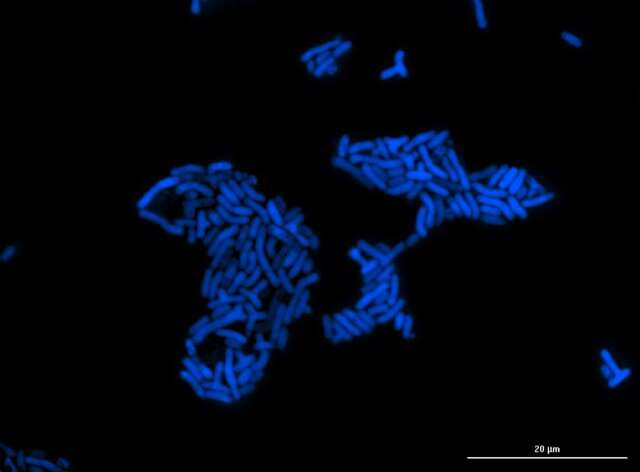
Bacteria called methylotrophs can use methane and methanol as fuel; in doing so, they produce large amounts of formaldehyde during growth, but until recently no one knew how they detected and responded to this toxic compound. Publishing on 26th May, 2021 in the Open Access journal PLOS Biology, Christopher Marx of the University of Idaho and colleagues describe their discovery of a novel formaldehyde sensor in the bacterium Methylorubrum extorquens, and other methylotrophs.
Some may remember the pungent smell of this toxic chemical from high school dissections of formaldehyde-preserved animals. From bacteria to humans, all organisms produce at least a little formaldehyde as a byproduct of their normal metabolic processes. Methylotrophs, however, make substantially higher amounts of formaldehyde while breaking down certain one-carbon compounds, like methane and methanol, which they use as a source of both carbon and energy.
Marx and his team found the new formaldehyde sensor by growing a methylotroph on increasingly higher formaldehyde concentrations. They sequenced the genomes of bacteria that had evolved to tolerate excess formaldehyde and saw mutations in a previously unknown gene they named efgA, for “enhanced formaldehyde growth.” They found that this gene occurs almost exclusively in the genomes of methylotrophs, and that the EfgA protein the gene encodes can detect formaldehyde and quickly stop bacterial growth when levels of the toxic chemical get too high. The researchers also demonstrated that inserting the efgA gene into a non-methylotroph bacterium, E. coli, allowed it to survive at higher-than-normal formaldehyde levels.
Previously, scientists had identified enzymes in all domains of life that detoxify formaldehyde. But this is the first protein sensor described in methylotrophs that can detect formaldehyde and halt growth to prevent cell damage, all without involving detoxifying enzymes. The new discovery may have applications in biotechnology; bacteria engineered to withstand high formaldehyde concentrations with the efgA gene could potentially produce pharmaceuticals and other valuable compounds while growing on methanol, a readily available industrial material.
Source: Read Full Article
